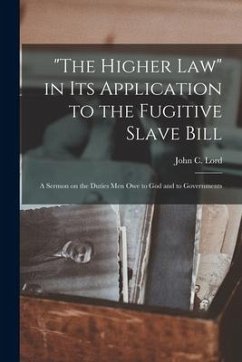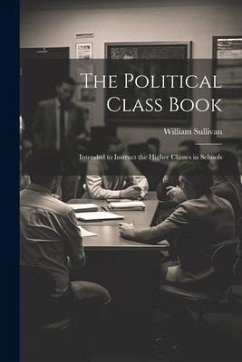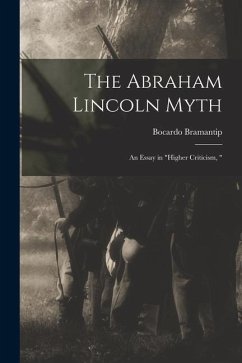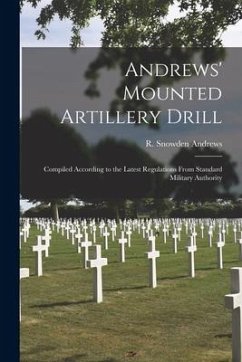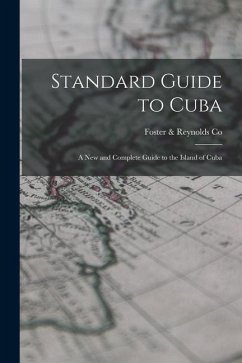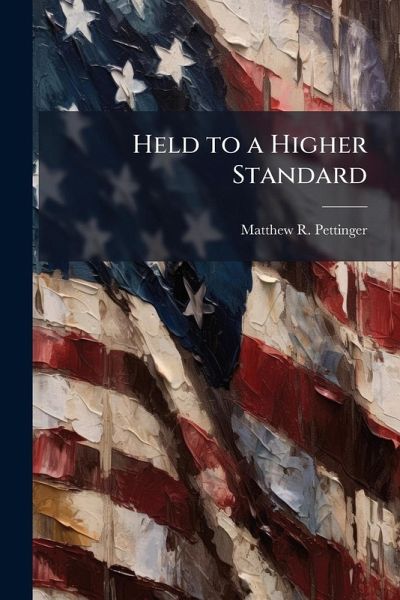
Held to a Higher Standard

PAYBACK Punkte
8 °P sammeln!
In the aftermath of the Japanese attack on Pearl Harbor, Admiral Husband Kimmel was relieved of command of the United States Pacific Fleet and forced into retirement. Eight official investigations were conducted to determine his accountability for the attack. These investigations produced mixed and often contradictory findings. Though he was never brought to court-martial, accusations of dereliction of duty damaged his reputation considerably. Ultimately, he was one of only two World War Two flag officers not to be retired at the highest rank held during the war; the other was Lieutenant Gener...
In the aftermath of the Japanese attack on Pearl Harbor, Admiral Husband Kimmel was relieved of command of the United States Pacific Fleet and forced into retirement. Eight official investigations were conducted to determine his accountability for the attack. These investigations produced mixed and often contradictory findings. Though he was never brought to court-martial, accusations of dereliction of duty damaged his reputation considerably. Ultimately, he was one of only two World War Two flag officers not to be retired at the highest rank held during the war; the other was Lieutenant General Walter Short, the Army's Hawaiian commander at the time of the attack. In contrast, only nine hours after the Pearl Harbor attack, General Douglas MacArthur suffered a similar crushing surprise defeat in the Philippines despite his knowledge that the Japanese had initiated hostilities. Yet, he became a national war hero. The differing treatment accorded Admiral Kimmel compared to General MacArthur stands as a lesson on biased judgement. Today, military commanders in the Global War on Terrorism may find themselves in circumstances similar to either of these two commanders. Knowledge of their situations may help today's commanders avoid similar pitfalls, or may prevent comparable unbalanced treatment. This work has been selected by scholars as being culturally important, and is part of the knowledge base of civilization as we know it. This work was reproduced from the original artifact, and remains as true to the original work as possible. Therefore, you will see the original copyright references, library stamps (as most of these works have been housed in our most important libraries around the world), and other notations in the work. This work is in the public domain in the United States of America, and possibly other nations. Within the United States, you may freely copy and distribute this work, as no entity (individual or corporate) has a copyright on the body of the work. As a reproduction of a historical artifact, this work may contain missing or blurred pages, poor pictures, errant marks, etc. Scholars believe, and we concur, that this work is important enough to be preserved, reproduced, and made generally available to the public. We appreciate your support of the preservation process, and thank you for being an important part of keeping this knowledge alive and relevant.



